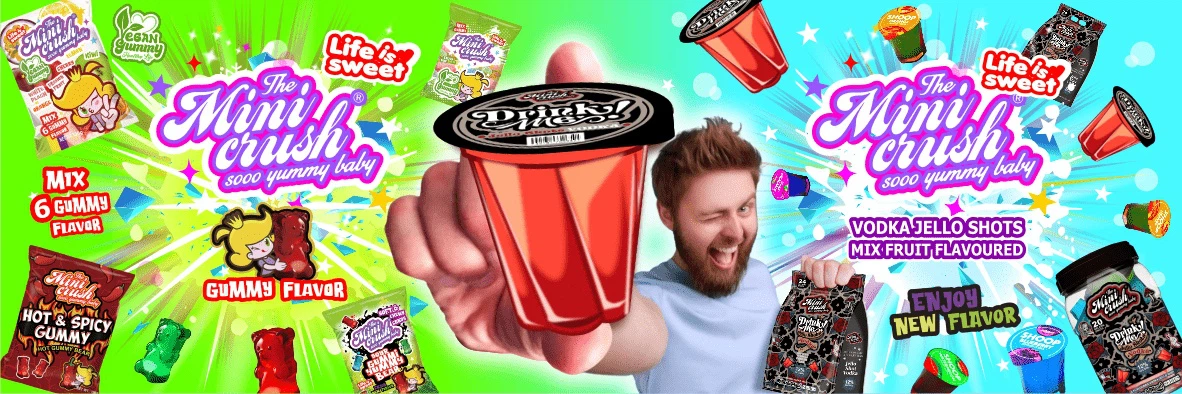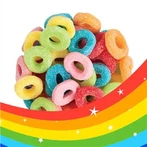Market Report on the Candy Industry
Candy, also known as confectionery, is a sugary treat that has been enjoyed by people for centuries. Today, it remains a popular confectionery item that is consumed all over the world. The candy industry has come a long way since its early beginnings, with countless varieties of candy being produced, marketed, and sold globally.
This report aims to provide an in-depth analysis of the candy industry, ranging from its history and evolution to current market trends, competitive landscape, and future growth prospects.
History and Evolution of the Candy Industry
Candy has been around since ancient times, with the first recorded use of sugary substances dating back to the Egyptians who used honey to sweeten their foods. It wasn't until the 16th century that sugar became readily available in Europe, leading to the production of various sweet treats.
In the 1800s, the candy industry started to take shape in the United States, with the invention of new machinery that made it easier to manufacture candy. The industrial revolution paved the way for the mass production of candy, which enabled candy companies to produce candy at lower prices and sell it to a broader market.
Over the years, candy has evolved from simple hard candies and caramels to an array of confectionery items, like chocolates, gummies, lollipops, and chewing gums. The introduction of new flavors, shapes, and packaging has also helped to drive candy sales and popularity.
Current Market Trends
The candy industry is steadily growing, with the global market projected to reach over $150 billion by 2026. One of the key trends driving the growth is the demand for premium and organic candy products, as consumers become more health-conscious and aware of the ingredients in their food.
In addition, the rise of e-commerce has made it easier for candy companies to reach a global audience and sell their products online. This trend is particularly relevant in the wake of the COVID-19 pandemic, where online shopping has become the norm.
Another trend that is gaining traction is the use of sustainable and eco-friendly packaging. With consumers becoming more concerned about the environment, candy companies are exploring more sustainable alternatives to traditional packaging, like biodegradable materials and recyclable packaging.
Competitive Landscape
The candy industry is highly competitive, with numerous global and regional players vying for market share. Some of the leading candy companies in the world include Mars Inc., Nestle SA, Mondelez International Inc., and Ferrero Group.
These companies dominate the market, but there are also smaller players who cater to niche markets and offer unique products, like artisanal or vegan candy. The market is further fragmented by the type of candy, with chocolate, gums, and mints being some of the most popular categories.
Future Growth Prospects
The candy industry is poised for continued growth in the coming years, driven by the demand for new and innovative products, as well as the expansion into emerging markets. The Asia-Pacific region is one of the fastest-growing markets, as rising disposable incomes, urbanization, and changing consumer preferences drive demand for candy products.
Another growth driver is the use of technology in the candy industry, with companies exploring the use of 3D printing, virtual reality, and augmented reality to enhance the consumer experience and create new products.
Conclusion
The candy industry is a dynamic and evolving market that has come a long way since its debut. The industry has adapted to changing consumer preferences, global trends, and technological advances, to remain relevant to consumers. With continued innovation and expansion into new markets, the candy industry looks set to reach new heights in the future.







